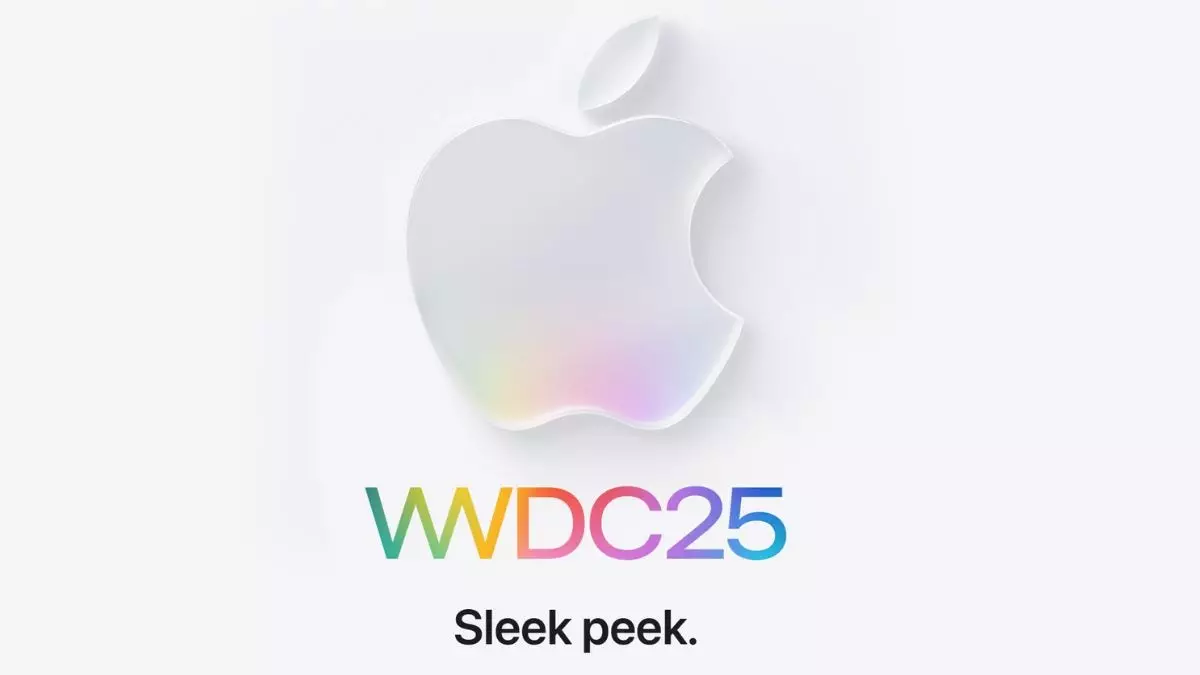As the tech world eagerly awaits the commencement of WWDC 2025, one can’t help but feel a swirling mix of excitement and skepticism. Apple’s Worldwide Developers Conference is a gaudy annual celebration that boasts of innovation and improvements, but has it become more of a polished performance than a genuine showcase of groundbreaking developments? With Tim Cook poised to kick off the event amidst a cacophony of enthusiasm, it seems that the word “transformation” is often thrown around, yet the outcomes seldom reflect the high expectations set.
The WWDC 2025, running from June 9 to June 13 at Apple Park, is set to spotlight the much-anticipated updates across its operating systems. However, one can’t overlook the glaring absence of substantial hardware announcements that typically accompany these lofty proclamations. Could it be that Apple has reached a plateau of habitual software updates, leaving fans thirsting for that next revolutionary gadget? As we sit through yet another keynote, we may find ourselves in a déjà vu loop that feels less exhilarating and more stifled.
AI: The Promise Yet to be Fulfilled
Apple’s focus this year is expected to be on enhancing the artificial intelligence landscape of its devices. The company’s intent to elevate its “Apple Intelligence” initiative seems earnest, but the current trajectory raises eyebrows. Apple has often promised to catch up with its competitors in the realm of AI, from voice recognition to predictive algorithms. Yet, the frustration mounts as we look around and see rivals making leaps and bounds. Is this yet another year where Apple’s visionary zeal fails to translate into real-world application?
While the WWDC platform serves as an arena for developers to learn and grow—through over 100 technical sessions, hands-on experiences, and guidance from Apple experts—one has to wonder if the emphasis on education overshadows the necessity for actual game-changing innovations. The emphasis should be on active engagement in shaping real applications rather than a mere series of lectures on existing frameworks and technologies.
Inclusivity vs. Exclusivity
In an interesting turn, the event will also entertain the winners of this year’s Swift Student Challenge, offering them a taste of the Apple experience at its headquarters. Celebrating young talent is commendable, but it opens a dialogue on whether Apple’s messaging is genuinely inclusive or simply a façade. By extending a warm welcome to these promising students, is Apple genuinely invested in fostering a diverse developer ecosystem, or are they merely polishing their image amidst a backdrop of increasing scrutiny over their practices?
The question of accessibility arises, as not every developer can enjoy the privileges offered to a select few. With the digital divide being more pronounced than ever, does the online streaming of keynote sessions compensate for the exclusiveness of in-person attendance? Or is the gesture merely a token attempt at inclusivity?
As WWDC 2025 launches into its fervor, it’s crucial for both Apple and its stakeholders to reflect on these pressing issues. The stakes are high; fans are yearning for the miraculous that was once associated with this major tech event. Will Apple rise to the occasion, or will we continue to witness a polished show without the substance that keeps the developer community truly engaged and excited?


Leave a Reply